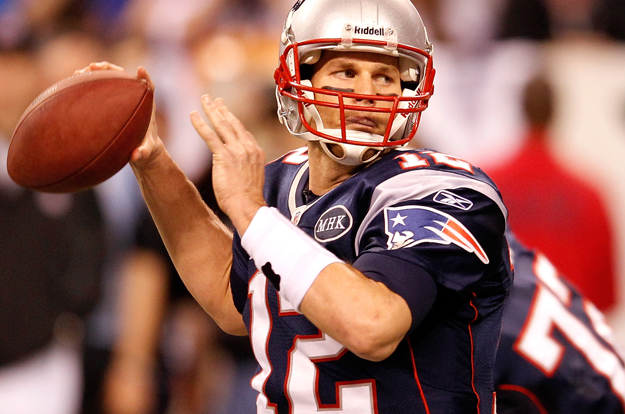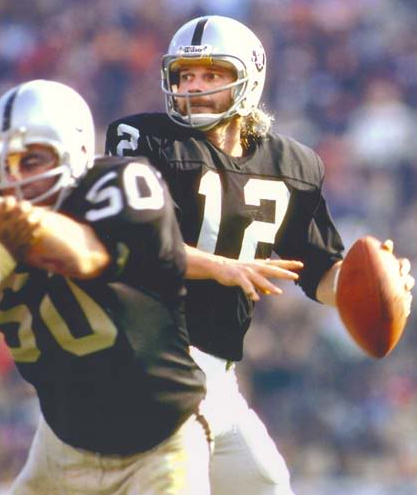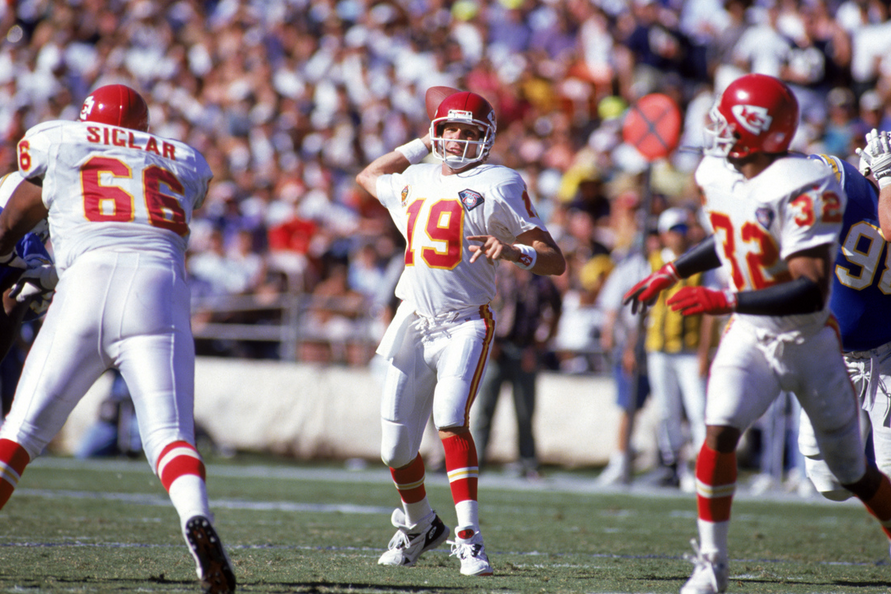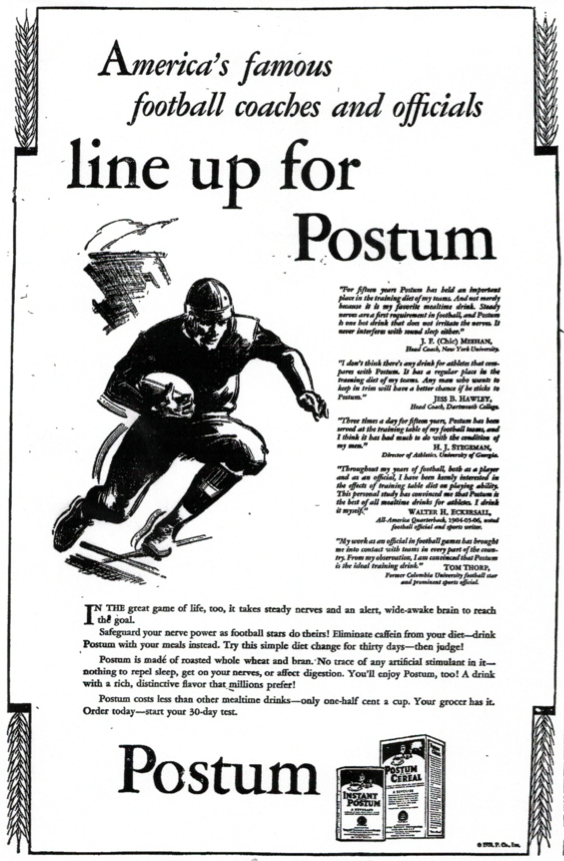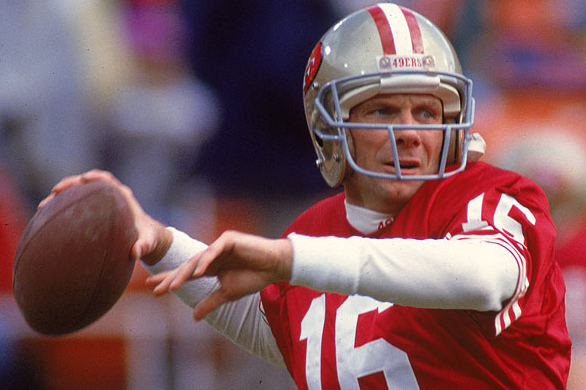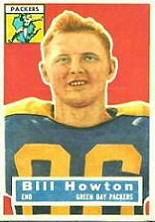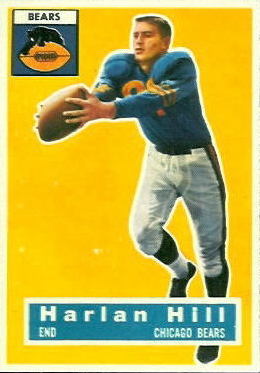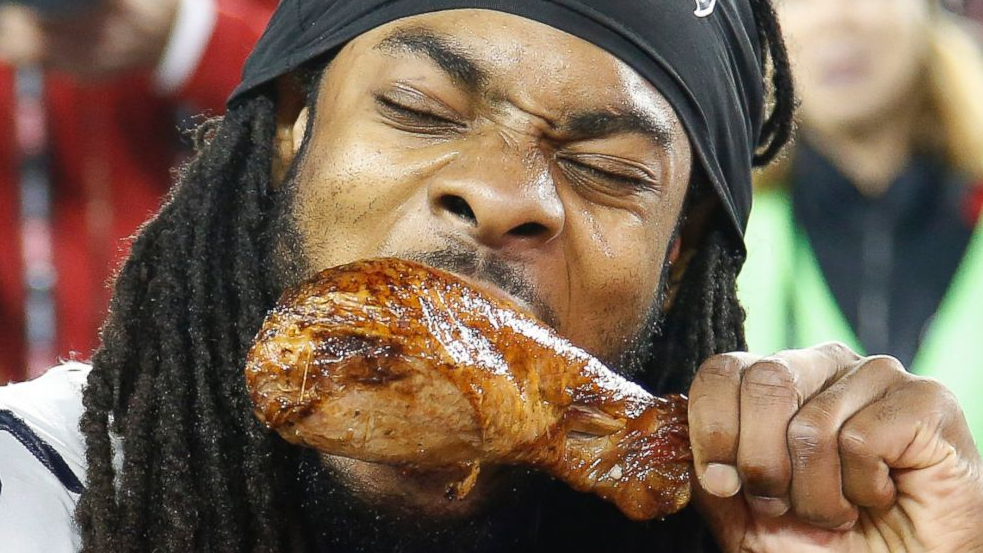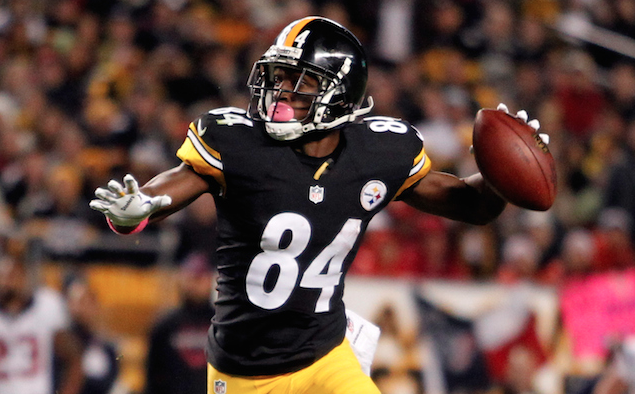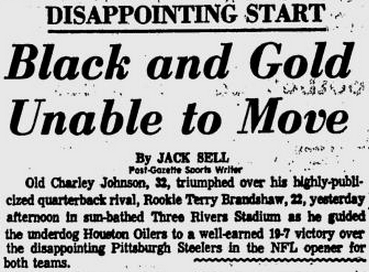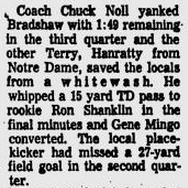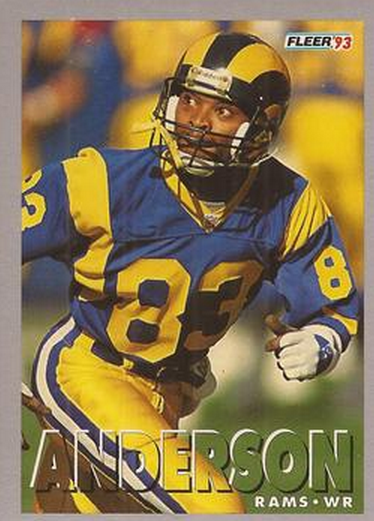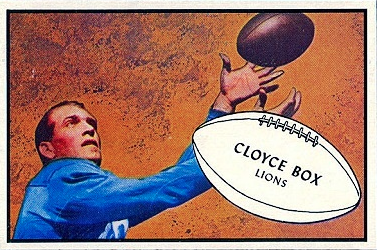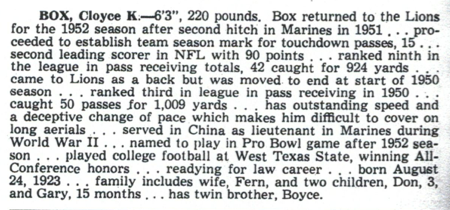The NFL didn’t even have a Final Four until 1967, when it split the conferences into two divisions and added an extra playoff round. Before that, there was only a Final Two — the championship game. So when we talk about Final Four quarterbacks, we’re talking only about the Super Bowl era (which began in ’66).
In those 49 seasons, no QB has been to the Final Four more often than the Patriots’ Tom Brady, who’ll play in his ninth AFC title game Sunday against the Colts. In fact, Brady has gotten to the
Final Four as many times as Hall of Famers Dan Marino, Bob Griese and Fran Tarkenton (3 each) combined.
It’s been an incredible run for him and the Patriots, especially since there’s free agency now, which is supposed to make it harder to sustain success. Terry Bradshaw, Roger Staubach and Ken Stabler never had to worry about losing a key offensive player to another team. Brady, on the other hand, has seen receivers Deion Branch (Seahawks) and Wes Welker (Broncos) and linemen Damien Woody (Lions) and Logan Mankins (Bucs) either take the money and run or get traded for salary cap reasons. Yet here he is again, going for another AFC championship.
Granted, it’s easier to make the Final Four these days with so many more playoff spots available (12 instead of the original eight). If you can just sneak in as a sixth seed, you’ve got a shot. But that doesn’t really apply to Brady and the Pats. Every time they’ve qualified for the postseason, they’ve done it as the division champs.
Anyway, here’s the company Brady keeps:
QUARTERBACKS WHO REACHED THE MOST FINAL FOURS, 1966-2014
| Quarterback, Team(s) | Seasons | W-L | Total |
|---|---|---|---|
| Tom Brady, Patriots | 2001*, ’03*, ’04*, ’06, ’07, ’11, ’12, ’13, ’14 | 5-3 | 9 |
| Joe Montana, 49ers (6)/Chiefs (1) | 1981*, ’83, ’84*, ’88*, ’89*, ’90, ’93 | 4-3 | 7 |
| John Elway, Broncos | 1986, ’87, ’89, ’91, ’97*, ’98* | 5-1 | 6 |
| Terry Bradshaw, Steelers | 1972, ’74*, ’75*, ’76, ’78*, ’79* | 4-2 | 6 |
| Roger Staubach, Cowboys | 1971*, ’72, ’73, ’75, ’77*, ’78 | 4-2 | 6 |
| Brett Favre, Packers (4)/Vikings (1) | 1995, ’96*, ’97, ’07, ’09 | 2-3 | 5 |
| Donovan McNabb, Eagles | 2001, ’02, ’03, ’04, ’08 | 1-4 | 5 |
| Jim Kelly, Bills | 1988, ’90, ’91, ’92, ’93 | 4-1 | 5 |
| Ken Stabler, Raiders | 1973, ’74, ’75, ’76*, ’77 | 1-4 | 5 |
| Peyton Manning, Colts (3)/Broncos (1) | 2003, ’06*, ’09, ’13 | 3-1 | 4 |
| Ben Roethlisberger, Steelers | 2004, ’05*, ’08*, ’10 | 3-1 | 4 |
| Steve Young, 49ers | 1992, ’93, ’94*, ’97 | 1-3 | 4 |
| Troy Aikman, Cowboys | 1992*, ’93*, ’94, ’95* | 3-1 | 4 |
| Daryle Lamonica, Raiders | 1967, ’68, ’69, ’70 | 1-3 | 4 |
*Won Super Bowl.
Some other fun facts:
● Stabler played in the most consecutive Final Fours — five. This will be Brady’s fourth in a row, tying him with McNabb, Aikman, Kelly and Lamonica. Kelly played in five in six seasons;
Bradshaw and Staubach played in six in eight seasons.
● Brady’s nine Final Fours have come in a 14-year span (2001-14). That puts him second only to Favre, who played in five in a 15-year stretch (1995-2009).
● Griese (Dolphins) and Kurt Warner (Rams/Cardinals) were 3-0 in conference title games. Jim Plunkett (Raiders) and Len Dawson (Chiefs) were 2-0. (Dawson’s games, like most of Lamonica’s, were AFL championship games.) Elway was 5-1, Kelly 4-1.
● Aikman and Young faced each other in three straight Final Fours in the ’90s (1992-94). Troy won the first two games, Steve the last. Bradshaw and Stabler did the same in the ’70s (1974-76) — with the same result. Terry won the first two, Snake the finale. Finally, Elway and Bernie Kosar (Browns) squared off three times in four seasons in the ’80s (1986-87, ’89), with John taking all three games.
Footnote: As impressive as Bill Belichick’s Patriots have been in the 2000s, their nine conference title games in 14 seasons don’t quite measure up the 14 in 17 seasons by Tom Landry’s Cowboys (1966-82) or the nine in 11 seasons by Al Davis’ Raiders (1967-77). Of course, the Pats might not be through. Brady certainly doesn’t look like a quarterback who’s losing his edge, even if he is 37.

